
by Teresa Leung | Oct 25, 2023 | Blog, Real Estate Investing Tips
Nowadays I hear the same reason for why investors are holding off; the interest rates are just too damn high. I can’t blame them, on the surface, it’s a tough thing to look past and since it’s one of the first steps when it comes to investing, it makes sense that most people don’t get past that step.
I, on the other hand, see a massive opportunity that will pass most people by right under their noses. I challenge you to look past the interest rate and how the market will look in the next five years. Will interest rates be higher or lower? Will prices go up or down? What does it all mean?
Economists are expecting the Bank of Canada interest rates to start dropping early in 2024. Along with those drops and housing becoming more affordable, demand is sure to increase as people start to buy property ahead of the masses when the interest rates drop to 5%. Now another few months will go by, maybe a year or two, and when interest rates drop to a point we can call “normal” again, even below 5%, it will bring along a surge of buyers who have all been waiting for this moment. With the demand of all these buyers in the market and, as we know, supply is fixed or growing at a very slow rate, property prices are sure to shoot up given how many buyers are actively trying to purchase a home.
At that point, many people will once again see the rising prices of real estate and say “Now isn’t a good time, I’ll wait until prices calm down”, and sure enough the prices may stop surging, but nearly all of them will look back and think “I wish I had bought this property before the prices shot up”.
This is the time when savvy investors are looking at the market conditions and deciding to hold off. This is the time when savvy investors recognize a TEMPORARY problem, think what it means for their investments in the years to come, and take action to profit off the current conditions as well as the common understanding of waiting to purchase property.
Everybody has different needs and goals when investing in real estate. If you are unsure how you can play the current market to your advantage, reach out to us and we would be happy to chat about different ways you can be successful in today’s real estate scene.
by Teresa Leung | Nov 14, 2018 | Blog, For Inspiration, Real Estate Investing Tips, Success Principles
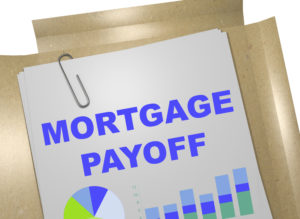
I recently read a book called the Smith Manoeuvre by the late Fraser Smith, a financial planner, written in 2002. Just a disclaimer, I am in no way affiliated with Fraser Smith or have anything to gain by helping sell his book, but I feel it’s my duty to report to you that this book is a complete game changer! I learned how I could pay off my mortgage in just under 6 years, when I currently still have 25 years remaining on my amortization. Now lets us talk about this powerful financial strategy a bit more.
To summarize, the Smith Manoeuvre is a system that gradually helps restructure the non tax-deductible mortgage in your principal residence into a tax-deductible investment loan where you pay simple interest. Additionally, you will receive annual tax refunds on your investment loan, reduce years off your mortgage, and thus increase your net worth!
Now, you maybe asking…“Is this legit…?” Thankfully, I am happy to report, it IS!! All techniques that’s mentioned in the book are legal and have been reviewed by the CRA. So now, how does this Smith Manoeuvre really work? Here are the steps listed in the book, which assists in converting your non tax-deductible mortgage interest into tax-deductible debt.
In order to take full advantage of the Smith Manoeuvre, you will need to have a principal residence with a mortgage.
Step 1) Obtain a re-advanceable mortgage from a reputable financial institution: A re-advanceable mortgage is different from a traditional mortgage as it’s a mortgage with a home equity line of credit all in one product. When you pay down your mortgage, the principal portion that you pay down simultaneously increases the credit limit on the HELOC. To give you an idea of how that’s done, my current mortgage is with TD Bank with over years left on my term. The penalty is about $2400 to break this mortgage (3 months interest), and I will be switching to Manual Life 1 or RBC, which are two financial institutions I know that provides re-advanceable mortgages.
Step 2) Use the funds in the HELOC to invest: Withdraw the HELOC portion of your mortgage to invest in investment properties, or any type of investments like stocks or bonds. If you already own investment property(s) in your personal name (not in a corporation), the HELOC would be used each month to pay all your monthly expenses while all rental income is applied towards the principal pay-down each month on your principle residence mortgage. Be careful here, as you must pay dollar for dollar for your expenses. Talk to your accountant to help you with this as if it’s not done correctly here, you may disqualify your ability to claim expenses on your HELOC. Remember again that your HELOC limit will increase with each regular mortgage payment paid, which in turn allows you to invest the newly available money in your HELOC. This in accounting terms is called “Cash-damming”.
Step 3) Deduct interest paid on your HELOC when filing your taxes: When you are filing your tax return every year in March, deduct the annual paid interest amount from your HELOC. This should result in a tax refund based on your marginal tax rate.
Step 4) Re-invest the interest from the tax refund: Apply the tax return and the investment income (dividends, interests, etc.) against your non tax-deductible mortgage and invest the new HELOC money available.
Step 5) Repeat Steps 2 to 4 until your non tax-deductible mortgage is paid off!
This doesn’t sound super-complicated, right? Keep in mind that the Smith Manoeuvre does not happen overnight; it requires years to achieve.
I strongly recommend you read the Smith Manoeuvre so that you too can learn how to pay your mortgage off much much faster, AND be able to claim tax deductions. And don’t forget to run everything pass your accountant first, or talk to a financial planner who is familiar with this strategy to assist you 🙂
by Teresa Leung | Oct 10, 2018 | Real Estate Investing Tips
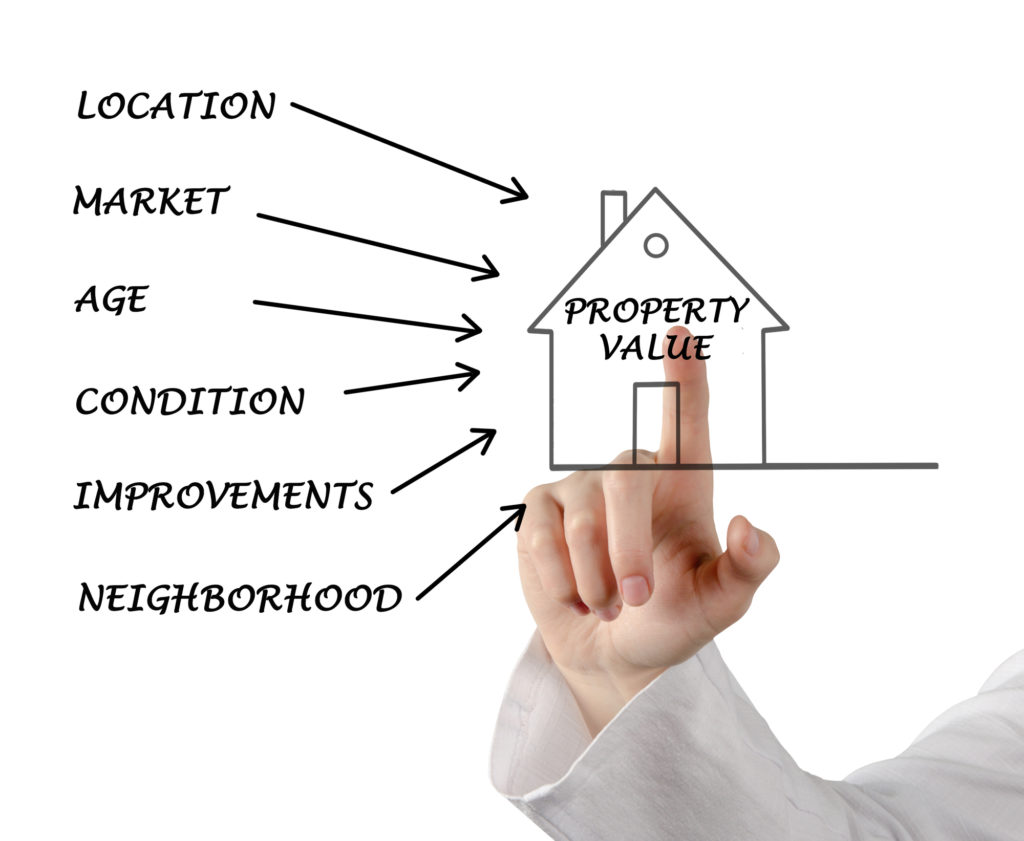
We often get asked, “where is the best area to invest?” Or, “would it be better to invest out of town or close to home?” These are all great questions, and the best answer would be to look where new jobs are being created. With the creation of new jobs means more workers moving into the area and more demand for rental properties, which translates to less vacancies. According to the Real Estate Investment Network, or REIN, after about 18 months, these same workers will want to start buying their homes close to work, which will likely drive up home prices. REIN calls this the “Long-Term Real Estate Success Formula” as shown below.

Watching out for Amazon leasing a 450,000-square-foot facility in Tsawwassen, or LNG projects being approved Northern BC, and others such as this and purchasing in areas of job growth.
The LNG project, according to a news conference took place in Vancouver with Prime Minister Justin Trudeau and LNG Canada Chief Executive Andy Calitz, is a massive, $40 billion liquefied natural gas project that is taking place in Northern BC. This project will involve a pipeline carrying natural gas from Dawson Creek in Northeastern BC to a new processing plant on the coast in Kitimat. And from there, the gas would be liquefied for overseas export.
With the potential of over 10,000 new jobs around the site, it is expected that the demand of rental housing would increase in a relatively high percentage, primarily from the workers and their families. Lori Ackerman, Fort St. John Mayor, said she expects other developments will also move forward, ranging from new parks to transportation to expanded post-secondary education network, aimed at a growing population.
Another factor to consider is transportation. Anywhere where the skytrain or LRT (light rapid transit) lines are within a 10 min walk will drive up rents and property values by about 10%. Currently, Translink has the following 2 projects undergoing: the Millennium Line Broadway Extension and the Surrey Light Rail. According to Translink, the Millennium Line Broadway Extension will start from VCC–Clark Station, then travel beneath Broadway and ending at Arbutus Street. A future phase of investment will connect all the way to UBC’s Point Grey campus. As for the Surrey Light Rail, the project will go along King George Boulevard and 104 Avenue, connecting Surrey City Centre, Guildford, and Newton. Therefore, we could foresee places like Surrey and even Vancouver to Arbutus will be desirable for tenants to live at.
As a result, when we factor in where new jobs are being created and where transit, specifically skytrain and LRT are located, these are the best areas to invest in where you will see higher rents and ultimately higher property growth.
To learn more about current investment opportunities, please set up a meeting with us. We will customize potential investments to your individual criteria.
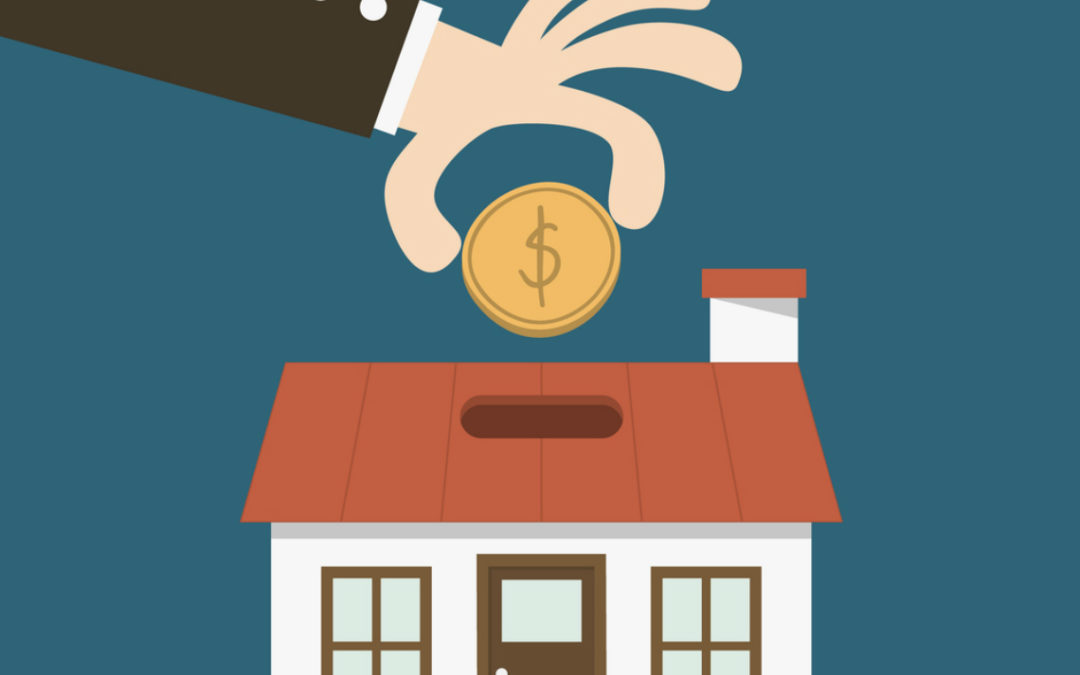
by Teresa Leung | Sep 21, 2018 | Real Estate Investing Tips, Uncategorized
With recent news headlines such as “Housing prices in Vancouver dropping due to greater supply,” “B.C. residential sales decline,” and “B.C. residential real estate downturn largely behind us,” I bet you’re all rather confused as to what’s going on in the real estate market. So what is the new reality for real estate in Metro Vancouver and Fraser Valley?
The Metro Vancouver housing market continues to experience reduced demand across all housing types. To start, there are now fewer multiple offer presentations, and sellers have also become more flexible with both selling terms and price. Because of this, it is now the norm for buyers to take their sweet time during their purchasing process by considering multiple properties simultaneously, followed by negotiating relentlessly on a deal over a series of offers and counter-offers.
The Real Estate Board of Greater Vancouver (REBGV) reported the number of residential home sales in the region totalling to 1,929 in August 2018; a 36.6 percent decrease from the 3,043 sales recorded in August 2017 – additionally, there was also a 6.8 percent decline in home sales compared to July 2018 where 2,070 homes were sold. Moreover, last month’s sales hit an all-time-low: sales fell by 25.2 percent below the standard 10-year August sales average.
Similarly, the Fraser Valley Real Estate Board reported 1,155 sales of all property types on its Multiple Listing Service® (MLS®) in August; indicating a decrease of 38.5 percent compared to the 1,879 sales in the previous August, there was also a 10.5 percent decrease in sales compared to the 1,290 sales made in July 2018.
Sales of attached homes continue to represent over fifty percent of all real-estate transactions in the Fraser Valley as of August – where a total of 294 townhouses and 318 apartments were sold.
Many Sellers are pricing their properties much lower than they would have a year ago, close to 2017’s assessed values. I’ve seen some sellers even selling their homes under assessed values, as it’s forecasted that 2018’s assessments will stay the same or will be slightly lower than the previous year’s. Not that assessed values are market value, but prospective Buyers do use assessed values as a benchmark of what they should offer. As a Seller, effective pricing is key and will ultimately be your determining factor in a successful transaction.
For Investors, it’s officially a prime time to bid lower offers that go hand-in-hand with favourable terms such as financing approval, inspection and approval of strata documents. Moreover, we also have the ability to show the property to prospective tenants prior to completion date…and the craziest thing is among all these factors, we’re still able to have our offers accepted!
As of September 17, 2018, there are 83 brand new listed one and two bedroom condo’s under $400,000 for sale in the Metro Vancouver and Fraser Valley region. In the month of August – only five of these units sold; with such a low absorption rate, the tables have finally turned as it has now become a buyer dominant market: at least for now, that is…hooray, while it lasts!
If you are thinking of selling your investment in Greater Vancouver or anywhere else in BC, please contact us at teresa@pointbinvestment.ca or at (604)618-2128.
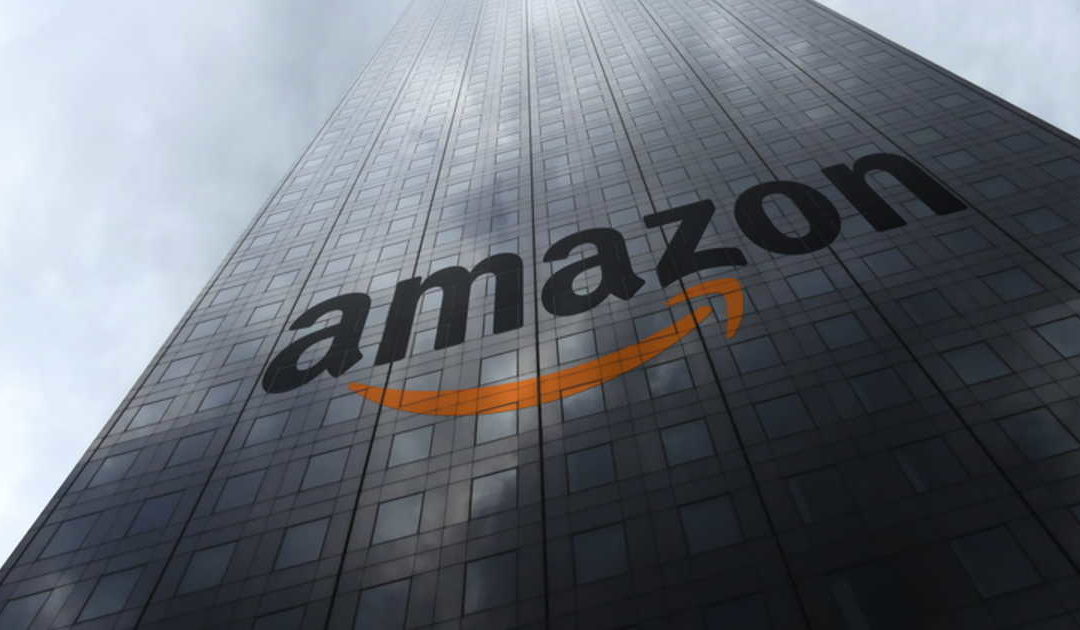
by Teresa Leung | Aug 1, 2018 | Real Estate Investing Tips
It was revealed just two months ago that Amazon will take over the existing Canada Post building in Downtown Vancouver. This move entails providing 3,000 new jobs to the city and along with many others – even Prime Minister Justin Trudeau is in favour of this. Firstly, more high-paying tech job opportunities would be made available without having citizens have to relocate elsewhere in search of such in the tech industry; secondly, it is likely to influence further investment from other tech companies, given that Amazon is a renowned household name – such a bold move will indefinitely affect more companies to also have an office in Vancouver, further boosting the tech industry and local economy.
That said, as real estate investors, we also can celebrate for this move as we know that with the addition of 3,000 more jobs coming in, there is a need for more homes – whether to rent or buy!
The Amazon effect
Dubbed as the “Amazon effect” in Seattle, the city where Amazon’s Headquarters are located, such investments can drastically increase housing prices; according to a Bloomberg article published in May, the effect was found in certain Seattle neighbourhoods, with rises in rental rates, having risen 65% faster compared to the ones with smaller influxes of Amazon workers.
Though rents in Downtown Vancouver seem to already be at its peak, cities such as Seattle and San Francisco (with a greater proportion of tech workers) indicate that there is still plenty of room for growth – this is particularly true as there continues to be an influx of thousands of well-compensated employees. Moreover, this could be further made possible by the likelihood of Amazon remunerating the rental costs for numerous downtown units during the relocation process for several employees. Consequently, this leads to higher rental rates and fewer vacancies in the already competitive rental market in the city.
Comparatively, values of homes also increase – as certain locals acquire higher paying opportunities, they too, will become more equipped with sufficient finances to purchase a home; furthermore, existing Amazon employees from other parts of the nation and elsewhere will also want to inevitably think of purchasing a home to settle down in our scenic region as they will work here for quite some time. In addition to the natural beauty among other reasons to move to Vancouver, they have the added incentive to do so as those with working visas are exempt from foreign buyer tax when purchasing a home.
Other markets
Though properties outside of Downtown may be less affected, the Amazon effect will still likely have its influence; this applies to Vancouverites who won’t be benefiting from these job opportunities, and as a result, they will have to relocate outside of the city centre in search of more affordable housing for rent or purchase. Despite having higher paid opportunities, some of these employees may still opt to commute to Downtown over competing for the limited living space in the core of the city. Due to these factors, the competition for rental and purchasing homes becomes even more scarce, with this effect seeping into neighbourhoods that are easily accessible to Downtown Vancouver.
In addition to being able to significantly impact the city’s housing market, the Amazon effect could also affect the city’s commercial real estate – specifically, the office space supply and lease rates. Amazon’s new offices in the Canada Post building will take up at least 416,00 square feet of built space; should other companies too want to follow the footsteps of Amazon, lease rates will indefinitely soar unless there is an increase in supply to meet this demand. This would continually affect the increasing rental rates, despite Vancouver already inhibiting low office vacancy rates and having the highest per-square-foot lease rates nationwide.
And all of this is again part of the Amazon effect: Amazon attracts other companies that also are in search of talent, so that they build and have offices nearby or next to their offices.
Of course, like with all good things, there are also the negatives – with increasing rental rates identified as a problem by many. Furthermore, many locals argue that a solution to this crisis would be to increase housing supply to better accommodate the influx of new workers, as well imposing greater taxation policies for foreign workers.
Though we don’t have a perfect idea of what this move may mean for the Vancouver real estate market, we can say that it is almost guaranteed that the Amazon effect will drastically alter our already volatile and expensive market.
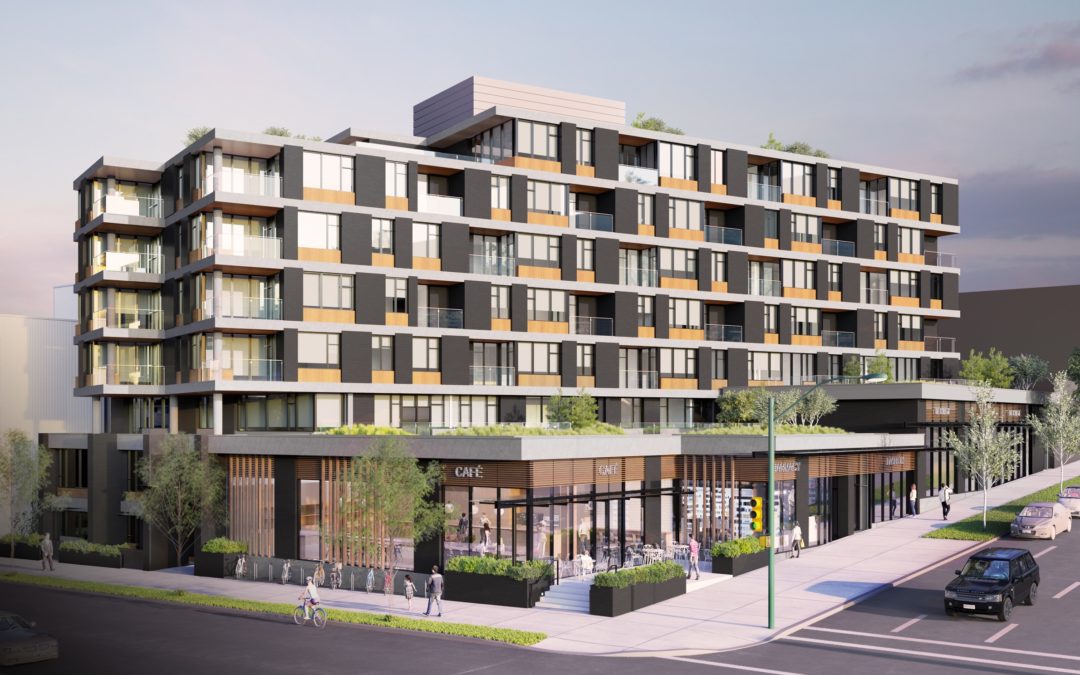
by Teresa Leung | Aug 1, 2018 | Real Estate Investing Tips
It appears that the rate of pre-sale condos and townhouses being sold now are steadily declining across the Lower Mainland and the Fraser Valley, with Downtown Vancouver being affected the most.
According to a mid-year report published by MLA Canada, a real estate marketing agency, the sales rate of pre-sale units as of June 2018 was at 50 per cent; this is a drastic difference compared to the 94 per cent pre-sale sales rate seen earlier in January this year.
Overall, 74 per cent of the 7,753 pre-sale units were sold from January to June – though indeed a more modest pace of sales, this stabilization in prices should be good news for homebuyers and the real estate market.
From what once used to be more of an unsustainable, hyperactive market, things are now normalizing and becoming more balanced; this “ensures more modest and realistic price growth, more choice for consumers and the need for higher quality product from the industry,” said Suzana Goncalves, chief advisory officer and partner at MLA Canada.
Local Market Divergence
Despite there being a steady decline of pre-sales in most of the Lower Mainland, Burnaby North, however, experienced a sold-out rate of 91 per cent from January to June 2018 for the 1,600 new homes that were released. In addition to Burnaby North, MLA’s report also indicated strong pre-sale activity in the New Westminster, West Coquitlam and North Surrey area. This contrasts with the City of Vancouver as they only saw 61 per cent pre-sales in East Vancouver, 54 per cent on the West Side, and 34 per cent in Downtown – all of which make sense as more people are seeking more affordable options with potentially higher property appreciation levels. Nonetheless, Port Coquitlam hit an even lower rate at 19 per cent between January to June, with Richmond followed by a 39 per cent purchasing rate.
Investors Selling Assignments
As new home pre-sales continue to plummet, more and more pre-sale buyers are trying to assign (re-sell) their pre-sale contract. As of July 18th, 587 pre-sale condos were being listed for sale from Squamish all the way to Langley on Craigslist, Kijiji, and through various real estate agents’s websites.
As MLA expects to see 67 more housing projects, and approximately 7,700 new homes launching between now to the end of 2018, we at Point B Investment expect to see pre-sales continue to plummet… which is great news for us, as real estate investors, we buy when others are fearful! We anticipate to see some pre-sale deals coming this Fall and Winter and will advise you accordingly!








